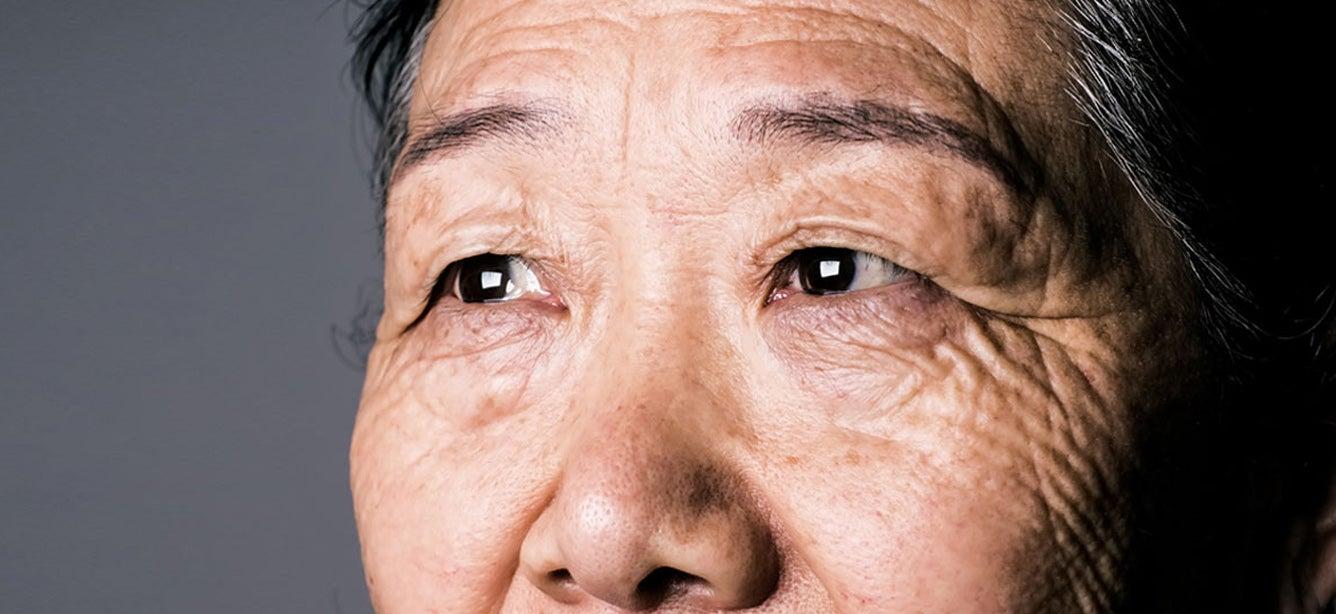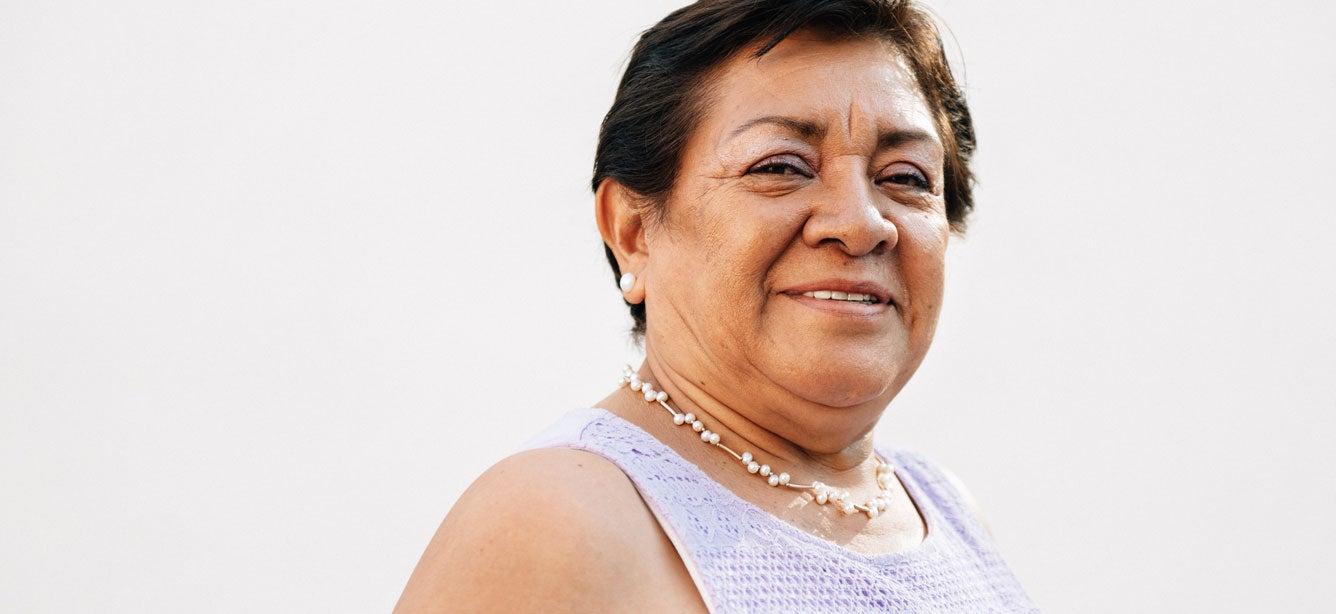Public Policy

FY26 Budget Proposal Puts Aging Services at Risk

Your Voice Matters
Use NCOA's online advocacy forms to protect and strengthen the programs we all depend on as we age.
Why the Older Americans Act Matters
Effective Advocacy at Home
Join Our Movement
We advise policymakers, empower community-based organizations, and deliver the resources, tools, best practices, and advocacy our nation needs to ensure that every person can age with health and financial security.
More Stories
Thank You Letter Examples to Members of Congress
Jul 31, 2024
Get the Facts on Elder Abuse
Jul 08, 2024
3G Network Shutdowns: The Impact on Older Adults
Feb 09, 2022



